Delivering effective and efficient heating for large facilities can present a number of challenges for engineers. Great care must be taken to ensure that the design solution efficiency is maximised. This begins with design and equipment selection.
In complex large-scale environments, ensuring absolute comfort for occupants while maximising production capability is the priority. Achieving this can be challenging, with vital considerations such as: height, size, the logistical challenge of various mezzanines, and heat gain control.
Getting this slightly wrong in such a large space can magnify even a small deficiency in the performance, rendering the systems inefficient, costly and non- compliant.
Whatever sector you're in, ultimately, there are two basic concepts to consider: warm air heating and radiant heating systems.
Warm Air Heating
Warm air heating, as the name suggests, delivers warm air directly into a building. Numerous types of “off the shelf” warm air heaters are available; from suspended unit heater types to floor mounted units, which can be located internally or externally together with bespoke hybrid system solutions.
Fundamentally, the warm air needs to be distributed and the units can be free blowing or ducted to distribute the airflow evenly. But warm air famously rises, so, with all conventional gas fired warm air unit heaters, destratification systems should also be used to maximise efficiencies and ensure an even temperature distribution throughout the structure.
Where more bespoke warm air heating systems are utilised, such as an air handling system, then the supply air temperature can be more easily controlled, limiting stratification. A key factor when considering this approach is that the capital cost of such systems is likely to be more than a unit heater approach.
Warm air heating using high velocity ductwork distribution systems has been a widespread choice for providing an efficient method of heating and cooling large warehouses. The advantages of such systems is that a higher velocity of air allows ductwork sizes to be minimised. The use of nozzle type diffusers, which inject air into the space at a high velocity, entrains the high level surrounding air to create an even temperature distribution in the building. These system types, however, do not allow for internal layout changes easily and recent EU directives have provided challenges to the efficiency of this system type.
In response to the above challenge, the principle of air rotation is increasing in popularity in the UK. The principle is to move large volumes of air at a low velocity and at a controlled temperature. The heater draws in cooler air at floor level, which is then heated and discharged at high level effectively, destratifying the building and creating an even temperature distribution.
The advantage of the air rotation technique is that it enables just one heater to heat a large space where previously three or four heaters, with a destratification system, would be required. Therefore, capital costs are lower, installation time is faster, no ductwork is required, efficiency is high and there is a lower maintenance cost.
Radiant Heating
Finally, there are radiant type heaters which very efficiently heat large buildings. This is because they do not heat the air directly. Working as the sun works, radiant heaters produce infrared heat that does not heat the air directly but heats the surfaces, people and solid objects in its path. This creates an all-round radiant warmth, at a lower air temperature than would be required with a warm air type system.
This technology delivers low running costs, is excellent for spot heating, provides rapid, almost instantaneous heat, is great for buildings with high infiltration and can be easily controlled in zones.
Control Systems
The element of control with all system types is an important feature. It’s imperative that energy efficient controls are selected and implemented to ensure maximum efficiency is achieved, monitored and maintained with any system. Without this, none of the benefits and capabilities of the systems mentioned here can be exploited to the full.
Even with the right approach, and appropriate control systems, there is no one solution that fits all. Every warehouse or production facility is different and it is important that a bespoke design is carried out by experienced and system agnostic professional engineers. They will consider the specific requirements of each site and that the most appropriate system is selected taking into consideration the many factors that are involved in running a large space environment.
Cosaf Environments has been successfully designing and applying such systems for over 20 years and if we can be of any assistance please do not hesitate to get in touch. You can also download our brochure below to find out more about our tailor-made solutions.






Comment on my blog